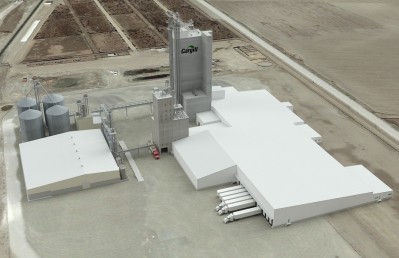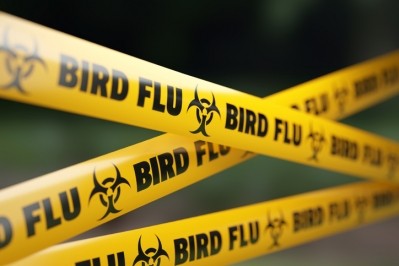Reports from EuroTier 2022
Keeping tabs on sustainability led market demands, and leveraging gut microbiome insights high on Cargill’s agenda

Three years ago, the focus was very much on zero soybean poultry diets, with a lot of research being steered in that direction, but that trend is already evolving, with heightened interest now in circularity, Dr Henk Enting, senior technology lead, poultry, Cargill Animal Nutrition, told FeedNavigator.
But circularity in feed production is a concept that is still in the process of being defined, he continued. It is important to make sure there is not an impact on nitrogen and phosphorus efficiency or that there are no unwanted changes in the animal’s microbiota from the use of so-called circular feeds, said the Cargill lead.
Collaboration with other companies to keep ahead in this respect is thus critical, he said.
“We need to continually carry out research, explore a wide range of possibilities so as to be ready for any new shifts in direction, such as potential market demands for deforestation-free feed or for animal diets that contain higher percentages of non-food competing raw materials, for example.”
Enting spoke about the work Cargill carried out with amino acid producer, METEX NØØVISTAGO, and others during a Feed Strategy seminar at EuroTier. We caught up the animal nutrition expert afterwards.
Lower CP diets
Three years ago, Cargill and METEX looked to evaluate the impact of lower crude protein diets on broiler performance and welfare parameters.
They saw that a reduction of 0.5% or 1% in the CP level in poultry diets supplemented with the right amino acid profile will not impact broiler performance negatively and will result in welfare benefits such as reduced footpad dermatitis (FPD) and improved litter quality, as well as environmental gains including reduced nitrogen emissions.
In addition, they found that removing soybean meal (SMB) from broiler diets is also technically possible, but it will result in a more expensive feed formulation.
Eliminating inorganic phosphate supplementation costs
Further research that Cargill has carried out with IFF [formerly DuPont], the University of Maryland and other leading researchers indicated that the calcium level and calcium source have a significant influence on the degradation of the phytates in broilers.
“A good soluble calcium source, at an optimum inclusion level, along with a high dose of phytase, can allow maximum degradation of phytate and thus can eliminate the need for phosphate supplementation in broiler grower and finisher feeds.”
The benefits of such an approach are substantial in terms of avoiding the high dietary costs and supply issues associated with monocalcium phosphate (MCP) use, said Enting.
“Phytate is a known anti-nutrient, binding other nutrients such as amino acids. Therefore, if we can degrade phytate as much as possible we tend to also see a better bird performance.”
Gut microbiome insights
Cargill has been gaining a more detailed understanding of the gut microbiome over the past 10 years. To allow producers optimize bird health and performance, it has been leveraging its Galleon Microbiome Intelligence Service.
“We are trying to get a total snapshot of what is happening in the intestinal tract and, as a next step, to also determine what the triggers are for inflammatory responses,” said Enting.
The new, sophisticated analysis tool can indicate how changes in raw materials, diet, additives, vaccine programs, and farm management practices influence the microbiome of a flock.
Using a swab from a live bird, Cargill scientists analyze a customer’s broiler flock health using Galleon’s database of poultry microbiome, which was developed over a decade using a global dataset from about 100 studies and containing over 28,000 samples.
The analysis is further augmented using statistical analysis, machine learning and AI capabilities to provide producers with a report and recommended interventions to address issues.








